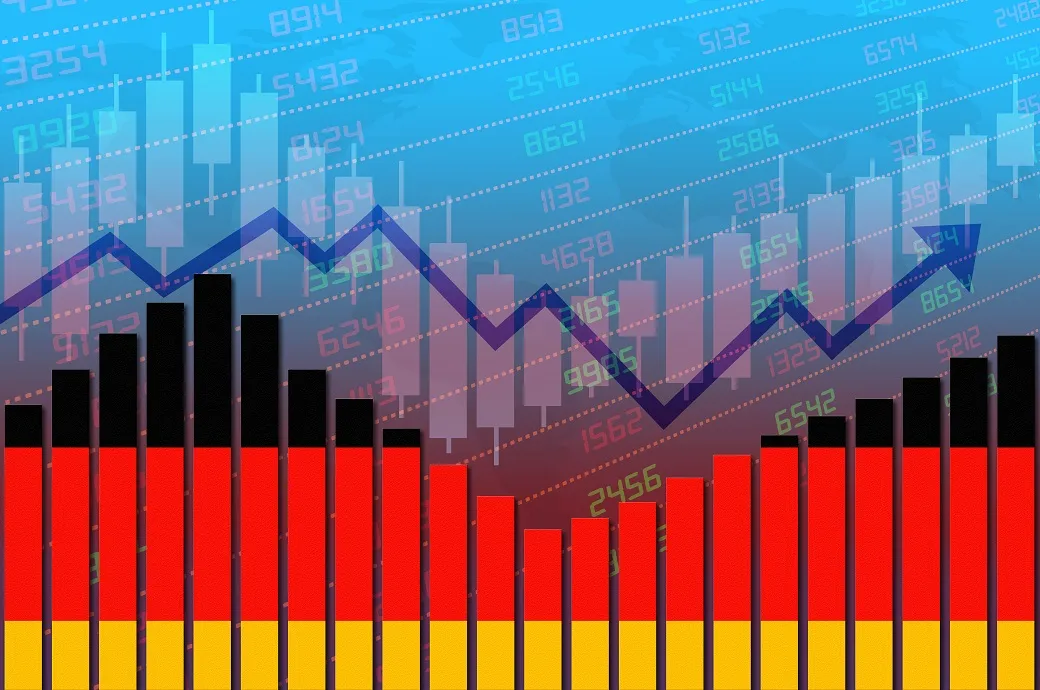Berlin, Germany – In a modest but notable development, Germany’s unemployment rate in August rose slightly to 6.1%, up from 6.0% in July. The increase, while marginal, has garnered significant attention, signaling potential concerns about the country’s economic resilience amid ongoing global challenges.
Context of the Increase
The Federal Employment Agency reported that the number of people unemployed in Germany increased by 45,000 in August, bringing the total number of jobless individuals to approximately 2.65 million. The slight uptick in the unemployment rate marks the first increase in several months, after a period of relative stability and gradual recovery following the economic disruptions caused by the COVID-19 pandemic.
Germany, known for its robust labor market, has been facing a confluence of challenges that have placed pressure on its economy. The slight rise in unemployment is seen by experts as a reflection of these mounting pressures, including the lingering effects of the pandemic, global supply chain disruptions, and the impact of the ongoing conflict in Ukraine.
Sectoral Impact and Regional Variations
The rise in unemployment has not been uniform across all sectors. Industries that are heavily reliant on exports, such as manufacturing and automotive, have been particularly hard hit by supply chain bottlenecks and increased production costs. The energy crisis, exacerbated by the war in Ukraine, has further strained these sectors, leading to job cuts and a slowdown in hiring.
In contrast, the service sector has shown more resilience, with continued demand in areas such as healthcare, technology, and digital services helping to offset job losses in other parts of the economy. However, the overall economic uncertainty has led to a cautious approach to hiring, contributing to the slight increase in unemployment.
Regionally, the impact of rising unemployment has also varied. In economically stronger states like Bavaria and Baden-Württemberg, the unemployment rate remains lower than the national average, reflecting the relative strength of local economies. However, in regions that were already struggling with higher unemployment rates, such as parts of eastern Germany, the situation has worsened, with some areas seeing more significant increases in joblessness.
Government Response and Policy Measures
In response to the rise in unemployment, the German government has emphasized its commitment to supporting the labor market through targeted measures. The federal government has been implementing a series of programs aimed at boosting employment, particularly for younger workers and those in vulnerable sectors.
One of the key measures has been the extension of the short-time work scheme (Kurzarbeit), which allows companies to reduce working hours while the government compensates employees for a portion of their lost income. This program has been credited with preventing a more significant rise in unemployment during the pandemic and continues to play a vital role in stabilizing the labor market.
In addition to short-time work, the government has also announced investments in retraining and upskilling initiatives. These programs are designed to help workers transition into new roles, particularly in growing industries such as renewable energy and digital technologies. By equipping workers with the skills needed for these emerging sectors, the government hopes to mitigate the impact of job losses in traditional industries.
The government’s efforts have been met with cautious optimism by economic analysts, who recognize the importance of these measures in maintaining labor market stability. However, there is also an acknowledgment that these programs may not be sufficient to counteract all the economic challenges facing Germany, particularly if the global economic environment continues to deteriorate.
Economic Outlook and Future Projections
The slight rise in unemployment comes at a time when Germany is grappling with broader economic concerns. The country’s GDP growth has slowed, and inflation remains persistently high, driven by rising energy costs and supply chain disruptions. The German economy, often seen as the powerhouse of Europe, is now facing the possibility of a more prolonged slowdown.
Experts are divided on the outlook for the coming months. Some believe that the current challenges are temporary and that the labor market will recover as global conditions stabilize. They point to Germany’s strong economic fundamentals, including its well-developed infrastructure, skilled workforce, and diversified economy, as reasons for optimism.
However, others warn that the rise in unemployment could be a sign of deeper issues. They argue that the combination of high energy costs, ongoing supply chain disruptions, and uncertainty surrounding the global economic environment could lead to a more sustained period of economic weakness. In this scenario, the unemployment rate could continue to rise, putting additional strain on the German economy.
European and Global Implications
The increase in Germany’s unemployment rate also has broader implications for the European Union and the global economy. As Europe’s largest economy, Germany plays a crucial role in driving economic growth across the continent. A slowdown in Germany could have a ripple effect on other EU member states, particularly those that are economically intertwined with Germany.
The rise in unemployment in Germany also comes at a time when many other European countries are facing similar challenges. The ongoing energy crisis, driven by geopolitical tensions, has affected economies across the continent, leading to higher costs for businesses and consumers alike. The EU’s collective response to these challenges will be critical in determining the region’s economic trajectory in the coming months.
On a global scale, Germany’s economic performance is closely watched by investors and policymakers. As a major exporter, Germany’s economic health is tied to the broader global economy. A sustained increase in unemployment could signal weaker demand for German goods and services, with potential consequences for global trade and investment.
Key Takeaways
The slight rise in Germany’s unemployment rate to 6.1% in August is a development that warrants close attention. While the increase is modest, it reflects the broader economic challenges facing the country, including the lingering effects of the COVID-19 pandemic, supply chain disruptions, and the energy crisis exacerbated by the conflict in Ukraine.
The German government’s response, including the extension of short-time work and investments in retraining programs, will be crucial in supporting the labor market in the coming months. However, the outlook remains uncertain, with the potential for further economic challenges ahead.
As Germany navigates this period of economic uncertainty, the impact on the European Union and the global economy will also be closely monitored. The rise in unemployment, while slight, could be an early indicator of more significant economic issues that may emerge in the months ahead.





